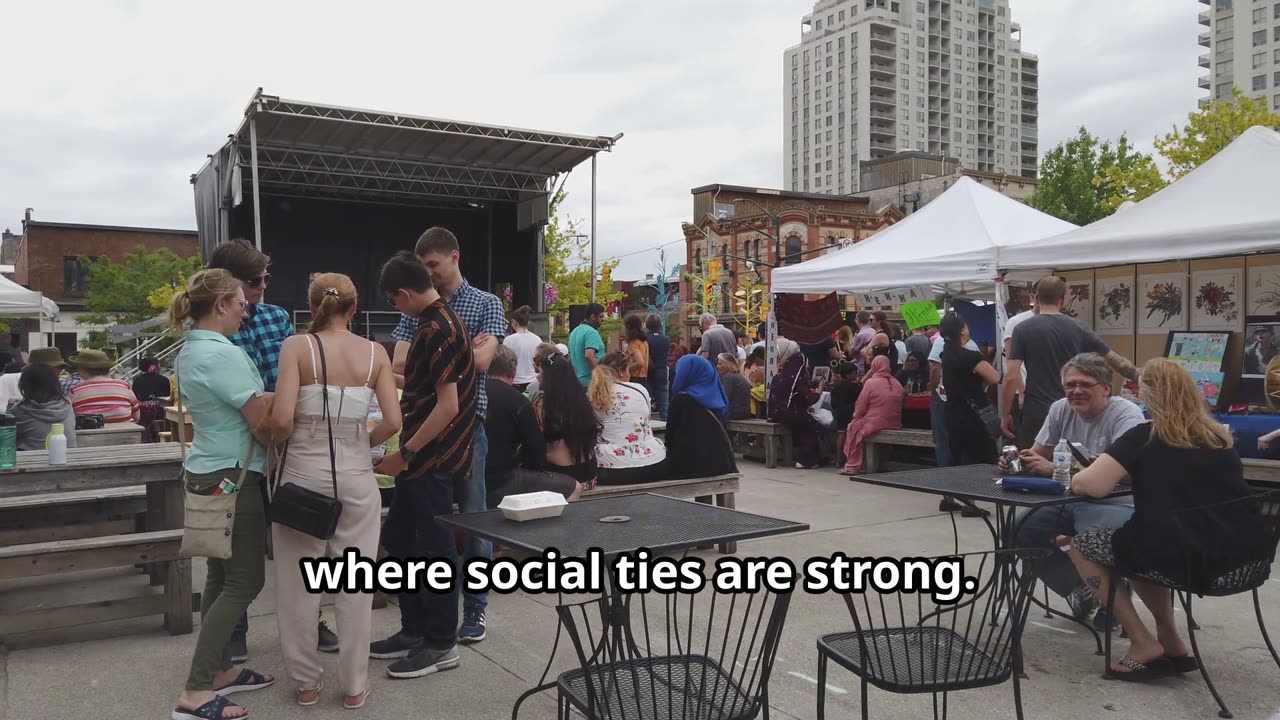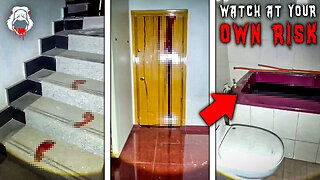Premium Only Content

The Psychology of Voting: Understanding voters, electoral behaviors and intricacies of voting
What was the research about?
State child protective services, or CPS, agencies
provide services to parents who are reported for child
abuse or neglect. These services try to improve the
relationship between the parent and child. They also
encourage positive behaviors to prevent abuse or
neglect.
In this study, the research team compared a program
called SafeCare with the usual services parents receive
from CPS agencies. SafeCare taught parents how to
• Identify and treat symptoms of illness and injury
• Remove home hazards
• Build a positive parent-child relationship
What were the results?
After six months, parents who received SafeCare and
parents who received usual services didn’t differ in
• Parenting knowledge and stress
• Positive parenting behaviors
• Quality of parent-child relationships
• Parent and child well-being
• How structured home life was
• How often the family met its social, medical, and
financial needs
However, four of the nine agencies in the study had
serious problems offering SafeCare and enrolling
parents. In interviews, some agency staff said SafeCare
didn’t meet the needs of parents. Also, some agencies
had little support for offering SafeCare. Parent
feedback about SafeCare was mostly positive. Many
parents noted that the sessions helped them practice
new skills.
Who was in the study?
The study included 285 parents receiving services
from one of nine agencies in four states. Of these
parents, 75 percent were white, 13 percent were black,
and 7 percent were Latino. The average age was 30,
and 87 percent were women. All parents had at least
one child under age five.
What did the research team do?
The research team assigned service providers, by
chance, to receive training on SafeCare or continue
usual services. Parents received SafeCare or usual
services based on their provider’s assignment.
Service providers visited the homes of parents in
SafeCare. Home visits occurred every one to two
weeks for a total of 18 to 20 education sessions.
SafeCare taught parents skills about child health,
home safety, and the parent-child relationship.
Parents receiving usual services met with service
providers every one to two weeks, as needed.
Meetings took place in parents’ homes or at the
agency. Providers gave support and referrals. They
also helped parents address day-to-day problems.
-
 2:22:06
2:22:06
WeAreChange
6 hours agoPSYOP Spreads: Drones Shut Down Airport In New York!
80.2K44 -
 1:31:18
1:31:18
Redacted News
9 hours agoEMERGENCY! NATO AND CIA ASSASSINATE TOP RUSSIAN GENERAL, PUTIN VOWS IMMEDIATE RETALIATION | Redacted
221K424 -
 56:45
56:45
VSiNLive
7 hours ago $5.73 earnedFollow the Money with Mitch Moss & Pauly Howard | Hour 1
73.6K2 -
 52:44
52:44
Candace Show Podcast
8 hours agoMy Conversation with Only Fans Model Lilly Phillips | Candace Ep 122
93.5K328 -
 LIVE
LIVE
tacetmort3m
8 hours ago🔴 LIVE - RELIC HUNTING CONTINUES - INDIANA JONES AND THE GREAT CIRCLE - PART 5
315 watching -
 26:52
26:52
Silver Dragons
7 hours agoCoin Appraisal GONE WRONG - Can I Finally Fool the Coin Experts?
35.6K2 -
 6:49:16
6:49:16
StoneMountain64
11 hours agoNew PISTOL meta is here?
37K1 -
 20:58
20:58
Goose Pimples
12 hours ago7 Ghost Videos SO SCARY You’ll Want a Priest on Speed Dial
21K3 -
 2:24:59
2:24:59
The Nerd Realm
10 hours ago $2.92 earnedHollow Knight Voidheart Edition #09 | Nerd Realm Playthrough
36.9K2 -
 1:21:14
1:21:14
Awaken With JP
12 hours agoDrones are for Dummies - LIES Ep 70
120K60